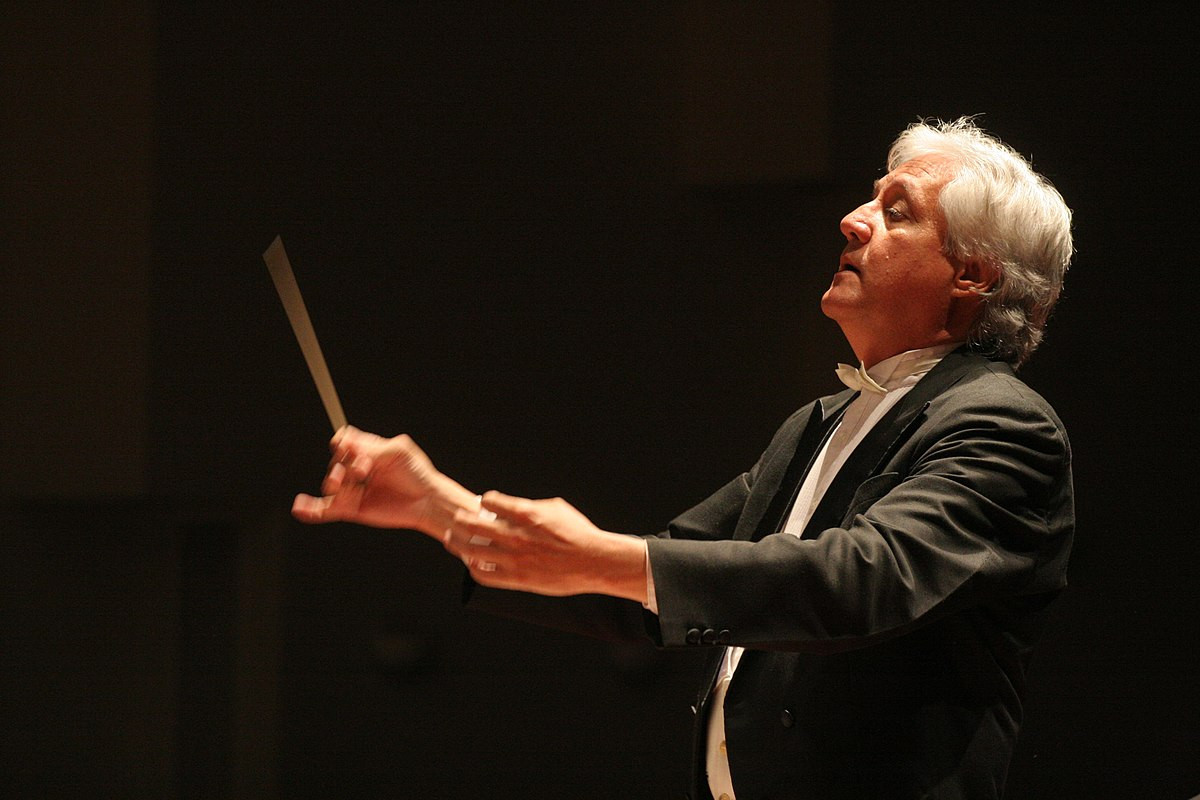Dieter Lehnhoff: "Music is the anchor in my life that makes me enjoy everything"
In addition to his love of Formula 1, sailing and contact with nature, Dieter Lehnhoff is in love with classical music. His contribution through his own musical compositions and the rescue of Guatemalan musical history have led him to be one of the most recognized composers in the country.
His career and professional training are worthy of admiration. Being a composer, conductor, musicologist, pursuing higher studies at the Mozarteum University in Salzburg, Austria —the country where the famous composer Wolfgang Amadeus Mozart was born—, graduating with distinction as a master doctor at the Faculty of Music of the Catholic University of America in Washington DC and have a Ph.D. in Social Research.
Lehnhoff talks about what music represents in all its professional branches, how he perceives composition, the influences that brought him to where he is today, and how the musical history of Guatemala holds wonders of indescribable quality that deserve to be discovered and shared.
How did he get into the world of music?
Contact with classical music for a child is entering a completely new world. I was lucky that my parents had a collection of LP records from the classical music era, and that made me dream, made me evoke extremely attractive worlds.
Here comes the desire to interpret classical music and to compose it too, to invent new melodies and put them on paper. So, that led to the study of various instruments and music theory. The idea was for him to learn at least one instrument from each of the families of instruments that exist.
How did his studies in the investigation and rescue of musical works begin?
That was an extraordinary experience because he was in contact with many musical styles and to very high standards. In Salzburg those standards are kept high to such an extent that I am honored to be part of that community in some way.
When I got a doctorate in music in Washington, that somehow enabled me to rescue compositions because in the meantime I discovered some manuscripts from past centuries in Guatemala that contradicted the myths of the country's musical limitation in its tradition.
So I said 'This has to be brought to light and we have to get it out well', and there I trained in Washington in music research. So I showed those manuscripts to the rector Luis Manresa Formosa and to the priest Antonio Gallo and they were very interested in that repertoire to be used as a representation of the Guatemalan identity.
What have been your biggest influences?
They are multiple. The impacts that I have received from music of the past have been very powerful, such as the polyphony of the 15th and 16th centuries; It has had a strong impact on my personal development and the stimulation of curiosity.
Baroque music was important to me, culminating in the music of Johann Sebastian Bach, passing through Mozart, Johannes Brahms and Gustav Mahler, among others.
In today's music, I have to mention a Polish composer named Roman Lutosławski, whose music has always inspired me and filled me with new imaginations.
How is the process when making a musical composition?
The creation itself is a mysterious process, because it has the two elements of human life; one is the intuitive, and the rational. The intuitive is the spark that generates the creation to be dreamlike. Then, with the tools that we are obtaining in the rational part, we materialize everything.
From my childhood and the first attempts at creation to this day, the process continues to be curious, because in the beginning there is nothing, and when one intuits one generates ideas and captures them in writing, like clay pottery.
